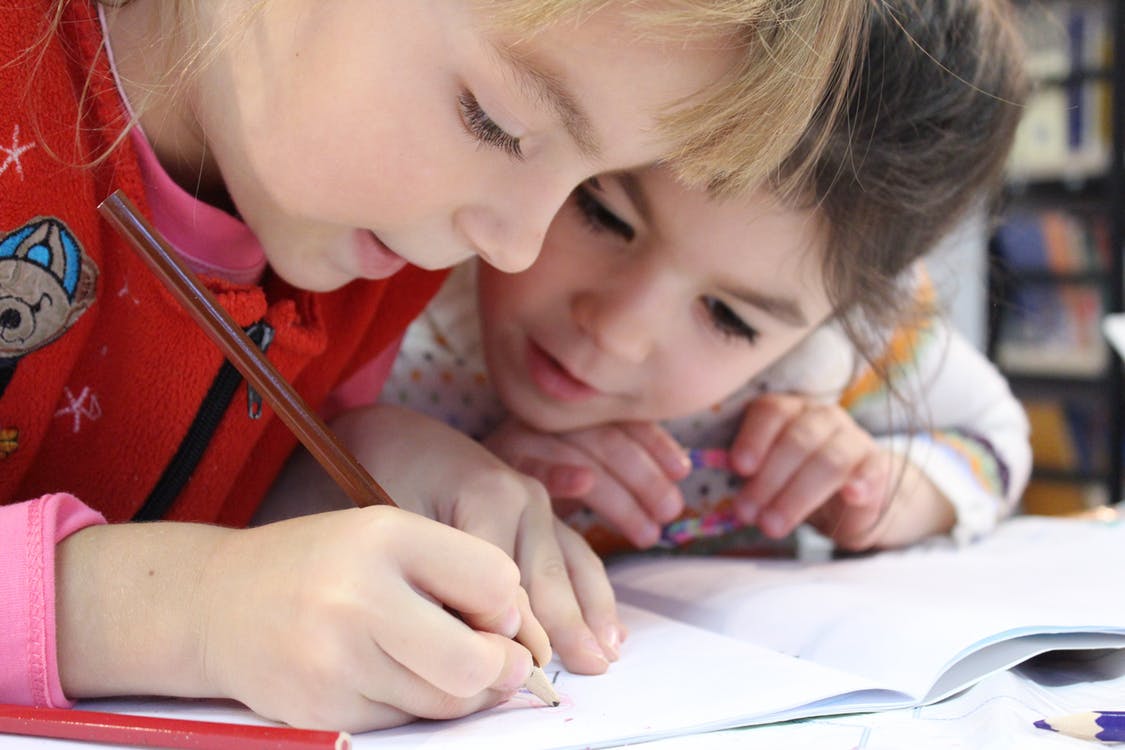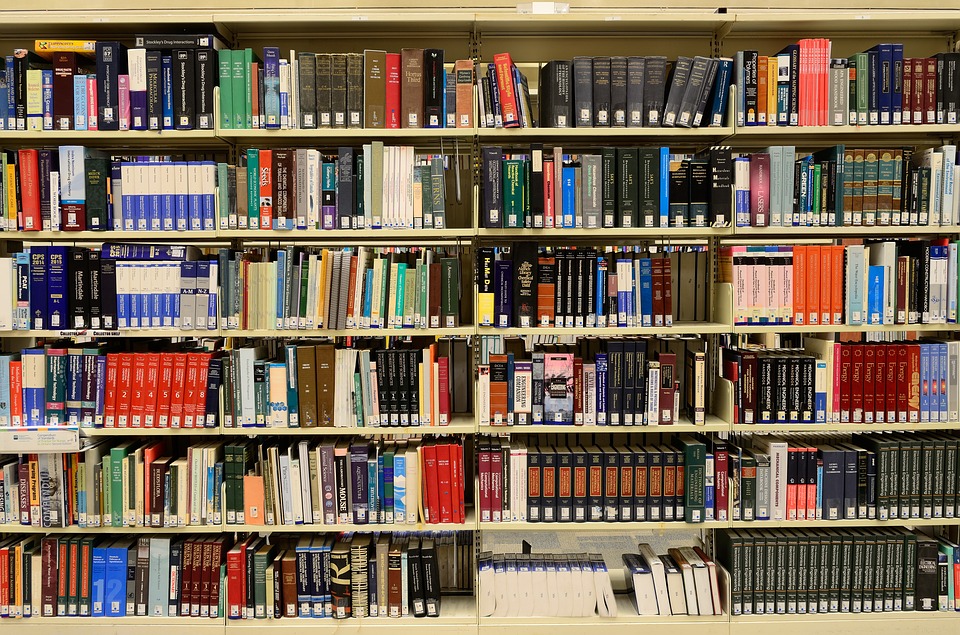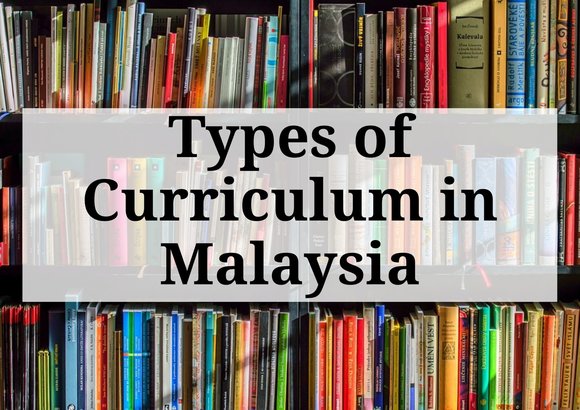Types of Curriculum in Malaysia
 Schooladvisor Team
Schooladvisor TeamWhen it comes to school curriculum, Malaysia offers an impressive range, all pertaining to children’s different educational needs and priorities.
As diverse as its people, the curriculum in Malaysia too ranges from British to American to Australian. But what are the differences between these curriculums, and which one will be most suitable for your children? Our list here will hopefully help you decide.

Malaysian Curriculum
The Malaysian curriculum is offered in both public and private schools but for expats who prefer a local curriculum, consider private schools since enrolling expat children in public schools is a complicated process.
Schooling in Malaysia is from 7 years old until 17 years old. For primary school students, they need to take Ujian Penilaian Sekolah Rendah (UPSR) during Standard 6, while secondary school students must sit for Pentaksiran Tingkatan Tiga (PT3) during Form 3, and Sijil Pelajaran Menengah (SPM) during Form 5.
After SPM, students are given the freedom to continue to Form 6 or opt for tertiary education with IPTA or IPTS. The subjects in primary school consist of 11 subjects including languages, maths, science, moral education, ICT, art and music; lower forms in secondary school are exposed to additional subjects such as Geography and History while upper forms will begin to choose their desired streams between science or art.
Examples: Sekolah Sri Bestari, Sekolah Sri KDU

English National Curriculum
The most widely used curriculum in international schools across Malaysia, the English National Curriculum is organized into Key Stages (KS) – KS1 (5-6 years old), KS2 (7-10 years old), KS3 (11-13 years old), and KS4 (14-15 years old).
During KS4, students will work towards the General Certificate of Secondary Education (GCSE). Once they have completed KS4, Year 12 and Year 13 students can either sit for the A-Level examinations before applying to preferred universities or choose to pursue other pre-university courses. Students of this curriculum will take between 9 to 10 core subjects as well as elective subjects.
Examples: British International School of Kuala Lumpur (BSKL), HELP International School

International Baccalaureate (IB)
The IB curriculum consists of three programmes – the Primary Years Programme (PYP), the Middle Years Programme (MYP), and the International Baccalaureate Diploma Programme (IBDP). Authorized IB schools are called IB World Schools.
The PYP aims to create a curriculum that is engaging, relevant, challenging and significant for learners in the 3–12 age range; while MYP encourages students to make practical connections between their studies and the real world. And finally, the IBDP aims to develop students who have excellent breadth and depth of knowledge so students can develop physically, intellectually, emotionally and ethically.
Examples: International School of Kuala Lumpur (ISKL), IGB International School (IGBIS)

American Curriculum
Growing increasingly popular in Malaysia, the American Curriculum is also known as K-12 education and comprises of three levels: Elementary, Middle, and High School. Upon completion at 12th grade, a High School Diploma is awarded.
Mandatory subjects in the American Curriculum includes social science subjects, English, mathematics, science and Physical Education (P.E). Elective subjects are also offered such as art, music, or drama. Students performance are evaluated through teacher observations, writing assessments, peer assessments, quizzes and group projects.
Examples: International School of Kuala Lumpur (ISKL), Mont’ Kiara International School (M’KIS), Raffles American School

Australian Curriculum
The Australian Curriculum aims to develop students into confident and creative individuals who are also active and informed citizens. From the first year of schooling to Year 10, students will develop skills in areas such as English, mathematics, science, social science, P.E, arts, technologies and languages.
The Australian Curriculum also covers seven general capabilities: literacy, numeracy, critical and creative thinking, ICT, ethical understanding, intercultural understanding, as well as personal and social capabilities. Students are evaluated through assignments and coursework (50%) and through examinations (50%).
Examples: Australian International School Malaysia (AISM), Peninsula International School Australia

Also known as the Ontario Curriculum, this curriculum covers 14 years of the students’ life starting from kindergarten. After the completion of the curriculum, students are given the freedom to continue with either the IBDP or Canadian pre-university programmes.
Subjects taught are science and technology, mathematics, P.E, art, history, social studies, geography, and English. Project-based learning, independent learning and field trips are introduced during Secondary school, and students of the Ontario Curriculum will undergo ongoing assessment coursework (70%) and examinations (30%).
Examples: Sunway International School (SIS)

Indian Curriculum
The Indian curriculum in Malaysia is the Central Board of Secondary Education (CBSE) and it prepares students from grade 9 for the All India CBSE Secondary Schools Examination at the end of grade 10, and the All India Senior School Certificate Examination at the end of grade 12.
Their curriculum includes built-in activities and exercises which promote cross-curricular learning, and students also will learn how to apply skills learned in the classroom to real-world challenges. As mentioned, students’ performance is assessed through competitive examinations.
Examples: Global Indian International School, Vikas International School

